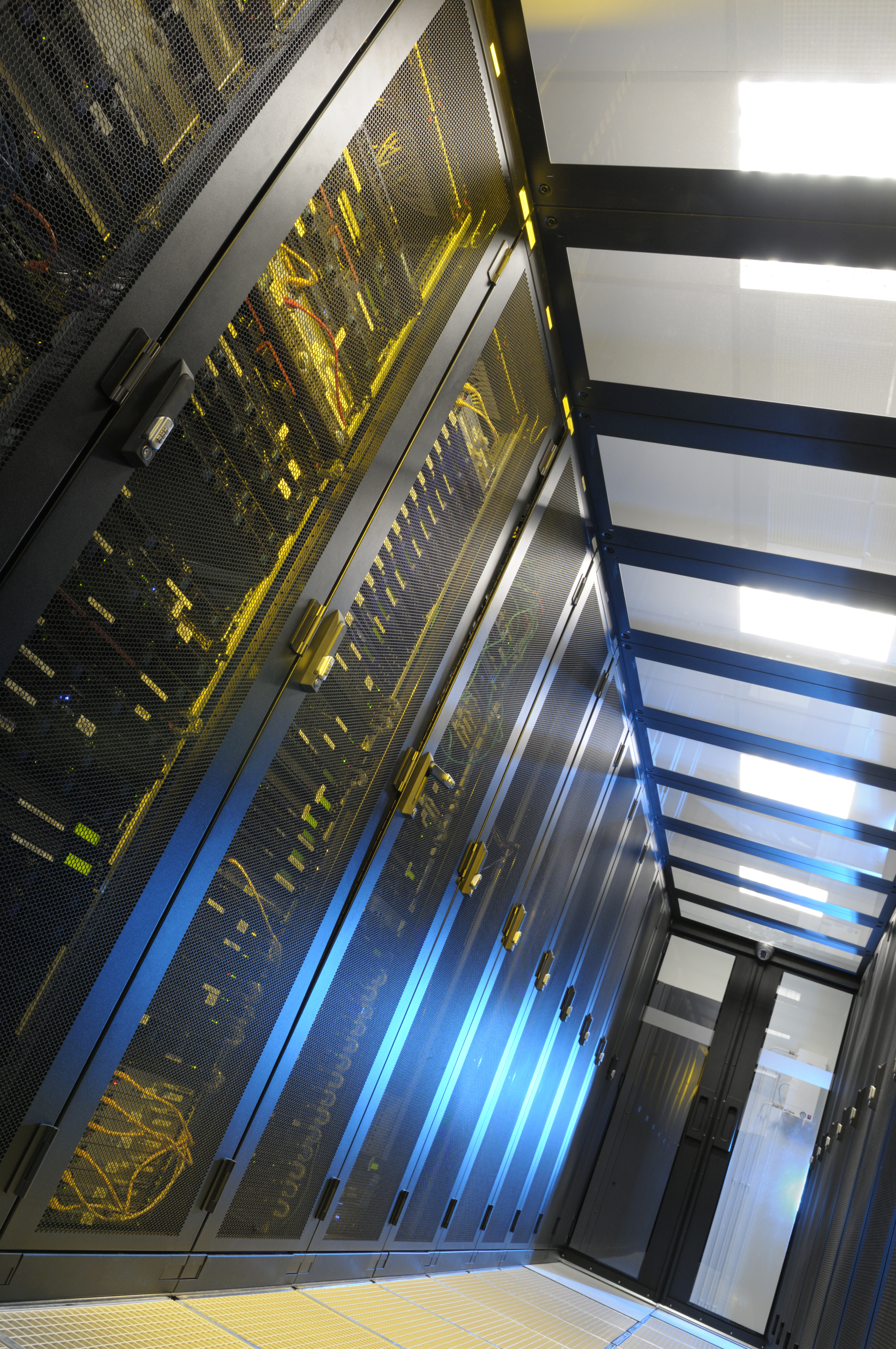In-Rack or Outside-the-Rack Design: Which is Best for Your Data Center?
To take this discussion to the next level, Belden recently led a LinkedIn Live event featuring Director of Data Center Sales Chrissy Olsen, Technology Solutions Architect Henry Franc, StrategITcom CTO Carrie Goetz, Black Box Network Services Project Manager Chris Hillyer and myself.
As part of this conversation, we went back and forth on in-rack vs.outside-the-rack connectivity: Which is best, and how do you choose?
Similar to our discussion about Middle of Row vs. End of Row layout, opinions varied for many reasons—but we all agreed on this: What works best depends on your applications and what’s happening in your environment.
Some data center managers may prefer in-rack connectivity because it keeps copper cabling for servers within the rack. Others might prefer outside-the-rack solutions because they free up valuable rack space.
If you want to hear more on the topic—and other debates surrounding data-center layouts—then watch our 30-minute discussion here.
From our conversation, we also rounded up these three important considerations when you’re deciding between in-rack and outside-the-rack connectivity.
1. What Type of Data Center Space Are You Working With?
Data center location and environment play a role in whether in-rack or outside-the-rack connectivity solutions will be the right fit.
In colocation or edge data centers, for example, you may be relegated to a certain amount of space—whether that’s square footage or rack space—without the option to grow. (Expansion may be outside the budget or just not possible due to floor space.) If these restrictions exist, then they can dictate whether in-rack or outside-the-rack connectivity will be most efficient and effective.
2. How Much Rack Space Do You Have?
How much rack space do you have inside your data center? As we just discussed above, certain types of data centers (edge, colocation or containerized, for example) may not provide the opportunity to deploy connectivity inside the rack.
In colocation, edge and hyperscale environments, for example, distribution racks may be established by deploying passive fiber panels in a rack. Eventually, however, this decision could come back to haunt you. After a passive rack is installed and fully connectorized, it’s incredibly difficult to move it and reclaim those RUs if you need them for additional compute and storage space.

Decommissioning and moving the racks can cost lots of money and eat up lots of time—especially if it’s imperative that no outages occur due as a result of the change (like in a healthcare environment where uptime is critical). In these data centers, outside-the-rack solutions eliminate that challenge of reclaiming RU space and help reduce costs (because you don’t have to pay for extra rack units).
3. How Secure is Your Data Center Site?
Who has access to your data center? Think about employees, third-party vendors, customers (in a colocation environment), maintenance personnel, fire inspectors, etc. Are lots of people going in and out? How strict are access policies?
Deploying connectivity outside the rack could create security concerns in some environments (colocation, for example)—even in an enterprise data center if security isn’t strong. When many parties are moving through the data center, then they have the opportunity to touch or disturb connectivity (either on purpose or on accident).
Security standards like HIPAA, PCI and SSAE are also factors to consider. Because in-rack design protects connectivity points, it may be a better option for compliance purposes.
Ultimately, when it comes to deciding between in-rack vs. outside-the-rack connectivity, some applications will demand that connectivity be handled within the rack itself while others call for outside-the-rack solutions (above-rack connectivity, below-rack connectivity or zero U mounting inside the rack).
If you’re trying to choose between the two for a data center project, Belden’s in-house experts can help you make the best choice. We’ve seen it all, and we can use those experiences to help you think about the decision from every perspective.
Want to hear more insights from me and my colleagues on the topic of fiber in data centers? Listen to the entire LinkedIn Live session here. If you have questions, send me a note. I’d be happy to answer.
